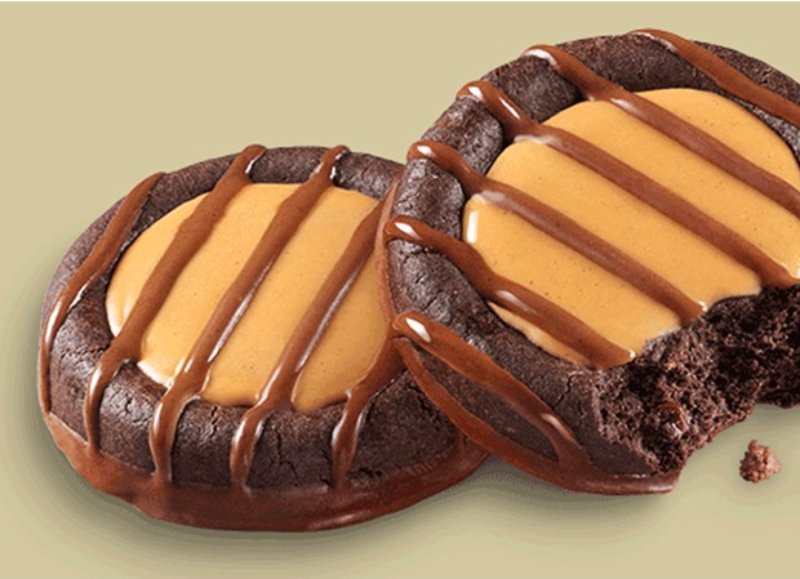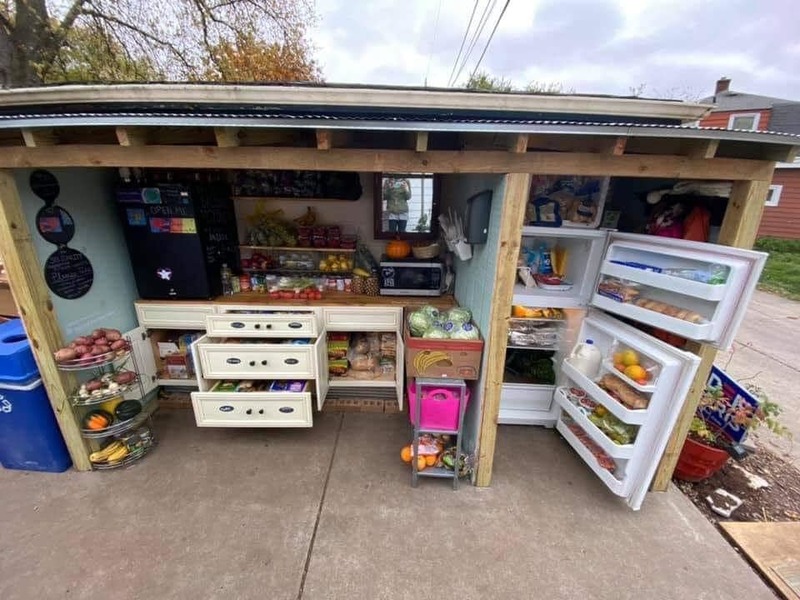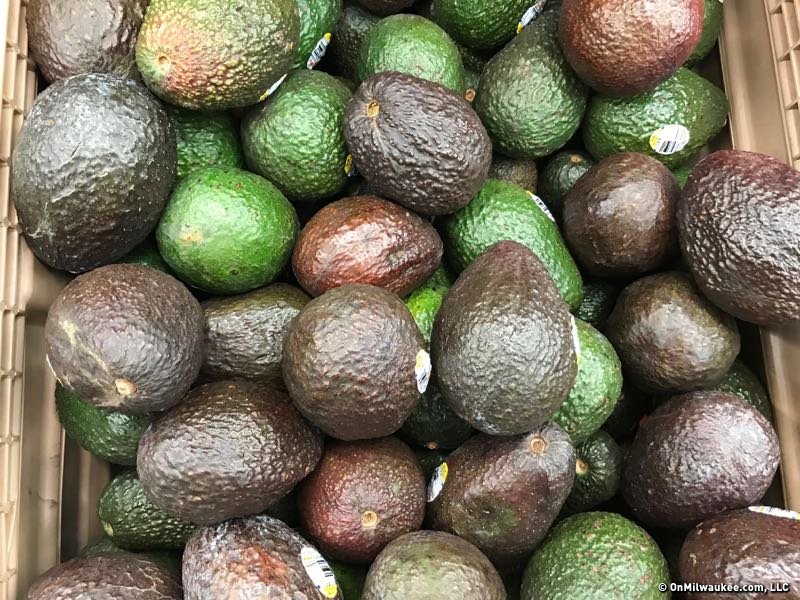According to "Agromafia," a report that aired Sunday on "60 Minutes," it’s likely that at least 75-80 percent of the extra virgin olive oil on grocery store shelves in the U.S. is fraudulent.
Shocking? Absolutely. But, exactly what does it mean?
According to the report, fraudulent extra virgin olive oil is oil that’s either been diluted with other types of oil (usually sunflower or hazelnut oil) or even treated with chemicals or additives to make it smell and taste more like the real thing.
The fraud is nothing new. In fact, it’s been going on for centuries. But as the food business has expanded so have profits, and that means fraud is an even more lucrative business than it was in the past.
"Mafia copies of fine olive oil, wine and cheese have fueled an explosion of food crime in Italy," the "60 Minutes" report says. "It's estimated to be a $16 billion-a-year enterprise. The Italians call it 'Agromafia' ... and it's a scandal for a people whose cuisine is considered a national treasure."
It’s also a scandal for food lovers in the U.S. who value the quality of the food they’re eating.
Know your oil
According to local olive oil expert Josh Saiia, owner of Milwaukee-based Oro di Oliva, there may be an upside to the issues raised by the "60 Minutes" report: the more people who know about this, the more people can be empowered to make good decisions.
Saiia admits that he was shocked himself by the statistics presented in the report, noting that one of the largest issues he finds with grocery store olive oil is that it’s often old oil that’s been produced cheaply or held too long to maintain its quality.
"This isn’t just mishandling; it’s deception," he says. "But it’s a big relief to know that there’s no risk that someone might come into my store, buy a bottle, send it to a lab and find that it isn’t what it is. And that’s really cool."
But, how can he be so sure? Saiia says he avoids the potential for olive oil fraud by working with Delizia Brand Olive Oil Company, a California-based purveyor who works directly with private olive groves.
"The owners of Delizia started a thing where, at first, they were purchasing olive oil from people who presented good olive oil to them," says Saiia. "But today, they’ve actually begun to work with olive growers who are producing oil to their specifications. They’re commissioning growers to handle olives in a way that meets an ultra premium standard."
Ultra Premium means the olive oil meets standards higher than those created by the International Olive Oil Council (IOOC) and the California Olive Council (COOC) – standards which include not only freshness and flavor, but also the level of polyphenols, the antioxidants in extra virgin olive oil that produce its health-giving benefits. Polyphenols also produce the slightly bitter tingling or coughing sensation in your mouth when you sip the oil.
And polyphenols are key in the olive oil business. Earlier harvest olives (unripe) typically contain more polyphenols than late harvest (ripe) olives. And the older an oil becomes – or the longer it sits in storage – the fewer polyphenols are present. Ultimately, the quality of the oil itself matters: the more an oil is refined, the fewer phenols it will contain.
"We’ve done the research, trained with taste testers, and we trust our purveyor," says Saiia, who says that the real test for olive oil of any kind comes in simply tasting it. And he says you don’t need special training to know when olive oil is bad. "Sometimes it’s easier to detect a bad olive oil than it is a good."
What does bad oil taste like?
Saiia says rancid or turning oil can take on flavors that resemble Crayola Crayons, Play-Doh, Silly Putty or oil-based paint. And even a subtle hint of any of those is a sign the oil is past its prime.
"It doesn’t matter where you pick it … California, Italy, Australia, Spain ... if it’s handled properly, nature will do it’s work and you’ll have a beautiful olive oil. But if you adulterate it or let it get old, any olive oil will end up tired and rancid."
He also says that one of the biggest things to look for on an olive oil bottle isn’t the expiration or "use by" date, it’s the harvest date. He says oil should be used within a year of the harvest date, noting that Northern Hemisphere harvests typically occur during our winter months, while Southern Hemisphere oils are harvested during our spring and summer.
Ultimately, Saiia says, the industry has to change. But that change comes directly through the action of consumers.
"The more awareness there is about what good olive oil is, the more it will drive change for the better in the industry," notes Saiia. "The fact is, we don’t battle the mob here in the U.S.; we just battle awareness. So, it’s great for someone like ‘60 Minutes’ to raise that awareness."
As a passionate champion of the local dining scene, Lori has reimagined the restaurant critic's role into that of a trusted dining concierge, guiding food lovers to delightful culinary discoveries and memorable experiences.
Lori is an avid cook whose accrual of condiments and spices is rivaled only by her cookbook collection. Her passion for the culinary industry was birthed while balancing A&W root beer mugs as a teenage carhop, fed by insatiable curiosity and fueled by the people whose stories entwine with every dish. Lori is the author of two books: the "Wisconsin Field to Fork" cookbook and "Milwaukee Food". Her work has garnered journalism awards from entities including the Milwaukee Press Club. In 2024, Lori was honored with a "Top 20 Women in Hospitality to Watch" award by the Wisconsin Restaurant Association.
When she’s not eating, photographing food, writing or planning for TV and radio spots, you’ll find Lori seeking out adventures with her husband Paul, traveling, cooking, reading, learning, snuggling with her cats and looking for ways to make a difference.







